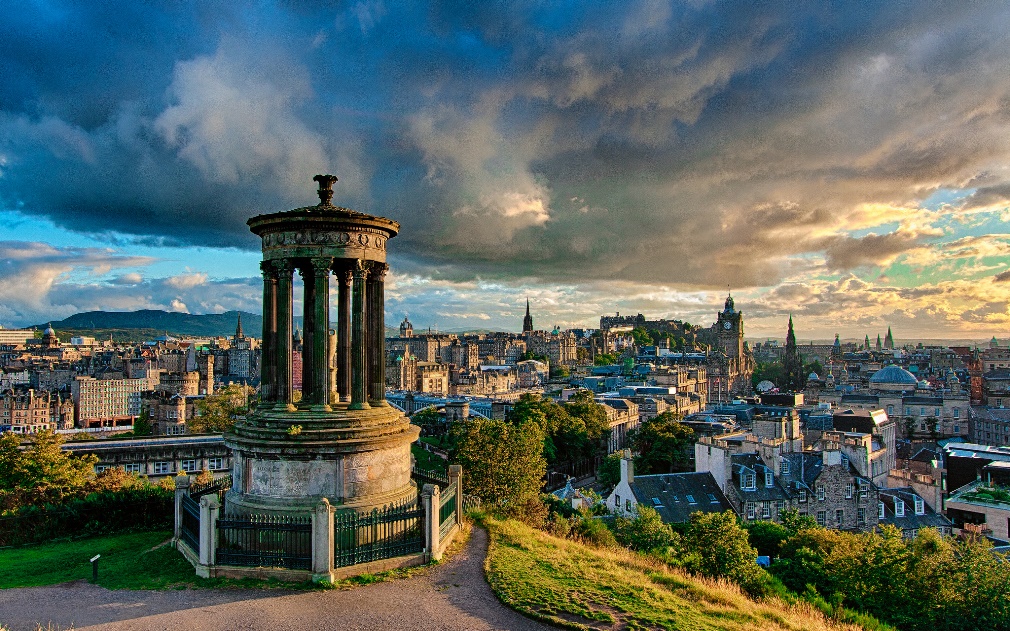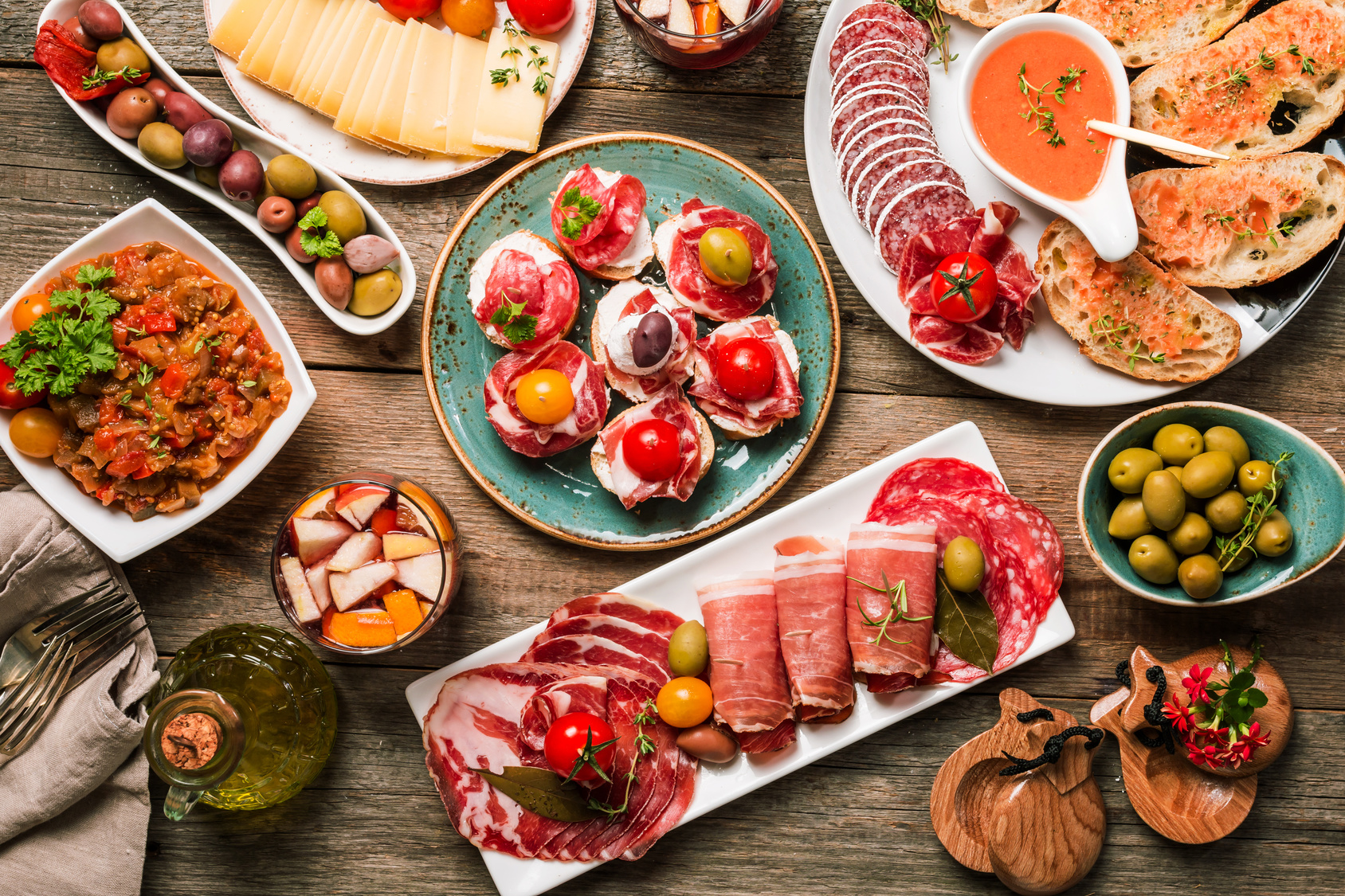In 1828 William Burke and William Hare murdered sixteen people and sold their bodies to Professor Robert Knox for dissection during his anatomy lectures at the local university. The tale of the Burke and Hare murders was the theme of Robert Louis Stevenson’s short story called ‘The Body Snatcher’ (1884) and has been the basis for numerous media productions over the years. Two years later Stevenson published the better know ‘Strange Case of Dr Jekyll and Mr Hyde’ which has inspired more than a hundred film interpretations. Another famous gentleman who studied medicine at the same university as the one where Knox had lectured was Arthur Conan Doyle who went on to write the Sherlock Holmes detective novels which remain as popular today in both written and film format as they’ve ever been.
Fast forward to 1993 where a young single mother called Joanne stares out of the window of the Elephant House Café staring up at the magical castle high above the city. Day after day she types away on her old typewriter creating tales of witchcraft and wizardry then, as if by magic, 1,000 copies of her first manuscript are printed by Bloomsbury and the rest is history.
Today Joanne is better known as J.K. Rowling who has sold in the region of 500 million copies of her Harry Potter stories and seen them produced as eight blockbuster films. Together with Robert Louis Stevenson and Arthur Conan Doyle before her, much of the inspiration for her fantasy novels was the mysterious city of Edinburgh. As you explore the labyrinth of narrow lanes that branch off the city’s Royal Mile it’s easy to imagine Harry Potter buying his first wand in Diagon Alley before going to Hogwarts School. In fact a whole new tourist theme has been born in Scotland thanks to the many perceived links between the Harry Potter books and the city of Edinburgh with magical walking tours a particular favourite.
The city’s literary heritage is an important string in its bow but Edinburgh has so much more. It has long been recognised as a major centre of education on the world stage thanks to its University which dates back to 1583. Charles Darwin, Alexander Graham Bell and Adam Smith are just three of its most famous alumni but its roll of honour is comprised of academics from every field. From a tourism point of view the city is best known for its historic buildings, most notably Edinburgh Castle which has stood in its current location in different forms since the 12th century. The city attracts huge numbers of visitors during the summer months when the Edinburgh Festival takes place and is one of Europe’s top destinations for welcoming in the new year when Scots hit the streets for ‘Hogmanay’ amid superb firework displays.
Edinburgh’s Main Tourist Attractions
Edinburgh Castle: From its imposing position on Castle Rock this symbol of Edinburgh served as a Royal residence from the 12th century until the Union of the Crowns in 1603 when the Scottish and English thrones were united. It served an important roll over many centuries in defence of the nation. Today it is the city’s most visited attraction and hosts the annual Military Tattoo every summer. When visiting be sure to look out for the huge 15th century iron gun called ‘Mons Meg’ and try to be there at 1pm when the ‘One O’Clock Gun’ is fired from Mill’s Mount Battery. Originally the firing of the gun served as a time signal for ships off the nearby shore in the Firth of Forth but today is merely a novel tourist attraction. Princes Street Gardens below the Castle are a lovely place to take a break from sightseeing.
The Royal Mile: Edinburgh’s Royal Mile is the heartbeat of the city stretching from the Castle at one end to Holyrood Palace (the Queen’s official residence in Scotland) at the other. It is lined with historic buildings, tourist shops and pleasant cafés. Look out for the ‘Heart of Midlothian’ on the pavement outside St Giles’ Cathedral and see if you can spot any passers-by spitting on it for good luck! The Scotch Whisky Experience and the Camera Obscura observation point are well worth a look in the Castlehill section of the Mile. For lunchtime refreshments drop into the World’s End Pub (4 High Street) for a pint of Belhaven Best and some traditional ‘haggis with neeps and tatties’ before continuing on to the Scottish Parliament building at the bottom of the Royal Mile opposite the Palace.
Arthur’s Seat: Looking up from Holyrood Palace you’ll see a hill known as Arthur’s Seat which you can climb from a path beginning next to the palace car park. Panoramic views of the city from the top are spectacular, however, be warned that the climb is quite steep in parts and can get slippy so appropriate footwear and a reasonable level of fitness are recommended. If you’re fortunate enough to be in Edinburgh when the weather’s good then the hike is well worth the effort but during bad weather it’s best avoided.
Grassmarket: With great views up to the illuminated Castle, the Grassmarket was once upon a time the city’s main market area and a place of public executions. Today it is one of Edinburgh’s best spots for nightlife with a fine range of historic pubs and eclectic eateries. The White Hart, Biddy Mulligans and Maggie Dicksons are popular haunts which attract friendly locals and tourists alike. All over the city you’ll run into pubs whose names reference a piece of Edinburgh folklore such as The Greyfriars Bobby (30-34 Candlemaker Row) and Deacon Brodies Tavern (435 Lawnmarket).
Edinburgh Zoo: Located some 5km west of the main tourist area the zoo is unique in the United Kingdom as the only place where you can see giant pandas and koalas. Such is the popularity of the pandas that you must book tickets in advance and observe your allotted viewing time. The zoo is very well served by local transport and tickets can be purchased online at
Botanical Gardens: Another popular attraction in Inverleigh just north of the city centre is the Botanical Gardens which have been around since 1670 and are acknowledged as being one of the best in the world. They carry out important research and education with regard to plant science and remain open to the public all year round.
Leith Waterfront: It’s well worth visiting the waterfront at Leith and taking a tour of the Royal Yacht Britannia which is permanently berthed there. This ship served the British Royal family for forty years until its retirement in 1997. The regeneration of this waterfront area has seen the emergence of a wide range of retail outlets as well as some very stylish bars and restaurants. A nice way to get there is along the Water of Leith Walkway which runs along the river from Balerno to Leith. Otherwise just take a local bus or hop into a taxi.
When to Visit
Any visit to Scotland would require that the likely weather be described as ‘unpredictable’. Of course winters are cold but the climate is a lot drier than the west of the country. The period from May to September would tend to be when you’re most likely to get the best weather. Having said that you shouldn’t really make too many plans in which the weather plays a significant role.
Many visitors plan their visits based on the festivals which the city stages every year. Whilst Edinburgh is one of the planet’s top cities for welcoming in the New Year it is during the summer months that most festival goers arrive ensuring that accommodation is in short supply. The blanket term ‘Edinburgh Festival’ refers to a whole series of art, cultural and musical events which take place around the city. Some of the better known ones are:
The Edinburgh International Festival which consists of many theatrical, operatic and musical productions at a whole host of venues around the city.
The Edinburgh Fringe Festival is the world’s largest arts festival which stages all kinds of comedy and theatre shows amongst others.
The Edinburgh Military Tattoo is a spectacular event staged by British and foreign military bands within the grounds of the Castle.
The Edinburgh Book Festival attracts famous writers from around the world to the Charlotte Square venue where all kinds of literary events are organised.
Practical Information
Getting There: Edinburgh Airport lies 12km west of the city centre. Many of Europe’s best known budget airlines including easyJet, Ryanair, Jet2 and FlyBe offer direct flights here as well as numerous national operators such as British Airways, Lufthansa, KLM and Air France. If you can’t find a convenient flight consider getting yourself to Glasgow instead as it’s only an hour away by road.
Getting into the city from the airport is easy thanks to the Airlink bus (Service 100) which departs from right outside the terminal building or take the new tram service which finally came into operation in May 2014. Both cost about the same and take around half an hour. If you’re travelling with children and/or luggage you should consider pre-booking a specialist transfer company who will have a driver meet you at the airport to deliver you to your hotel. Shuttledirect offer such services from both Edinburgh and Glasgow.
If you’re arriving from within the UK you’ll find bus services with national operators such as National Express from most major cities. You’ll also find a good selection of train services available to Edinburgh Waverley including trains from London King’s Cross.
Where to Stay:
Edinburgh has a fairly large number of private apartments for short term rentals available through the major holiday rental websites. For traditional bed and breakfast accommodation it’s worthwhile contacting some of the places around Corstorphine which is on the main bus route into the city from the airport. Alternatively, there’s an abundance of budget hotels in and around Edinburgh operated by well known chains such as Travelodge and Premier Inn. For something more upmarket take a look at the charming Radisson Blu (80 High Street) on the Royal Mile or the Ten Hill Place (10 Hill Place) which directs all its profits into training surgeons around the world.




